Search

Scout for Tan Spot in Winter Wheat
Tan spot was observed in a few winter wheat fields scouted recently. It is important to scout winter wheat for tan spot and other early diseases developing before deciding to apply an early-season fungicide tank mixed with herbicide.

Attending World Pork Expo? Consider Biosecurity
The World Pork Expo will return to the Iowa State Fair June 9–11, 2021. Pork producers and production employees must always be vigilant about biosecurity, especially when visiting industry events.
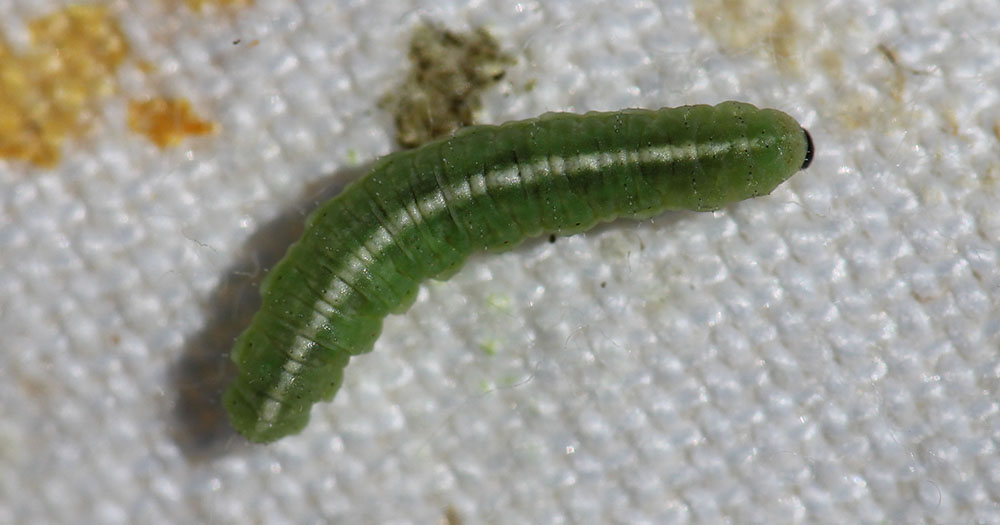
Alfalfa Weevil Activity Prediction Update: May 20, 2021
This week we accumulated degree days for alfalfa weevils at a rapid rate. As a result, we observed many areas of the state potentially move through more than one larval life stage.

Common Stalk Borer Activity Estimate: May 20, 2021
Warmer weather is finally here. Although we have accumulated quite a few degree days for common stalk borers, nowhere in the state has reached accumulation levels for common stalk borer caterpillar movement into corn fields.

Cabbage White Butterflies Are Here!
Keep an eye out for cabbage white butterflies in your garden. These butterflies lay eggs on the underside of the vegetable leaves. Once the eggs hatch, their caterpillars feed on cabbage, broccoli, Brussel sprouts, cauliflower, kale, turnips and radishes.
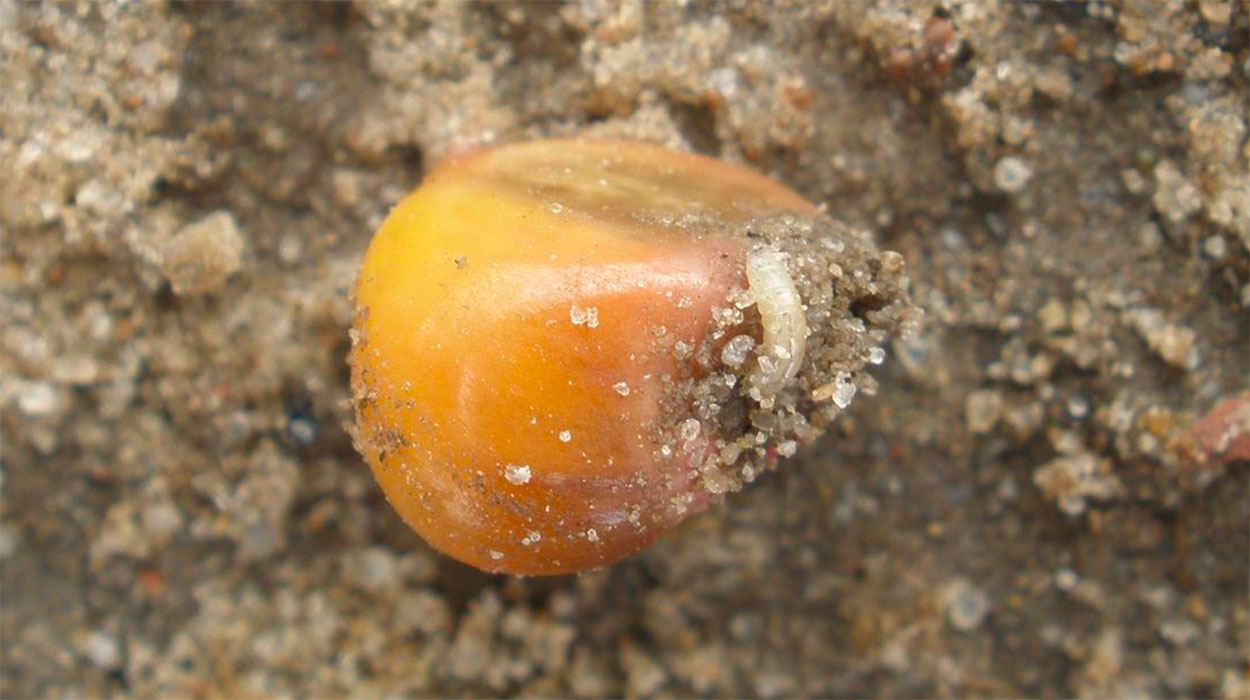
Seedcorn Maggot Degree Day Activity Estimates: May 20, 2021
Seedcorn maggots can be an early-season pest of corn and soybean in South Dakota, typically affecting crops that are emerging or have recently emerged. Seedcorn maggots can cause direct loss by destroying planted seeds.
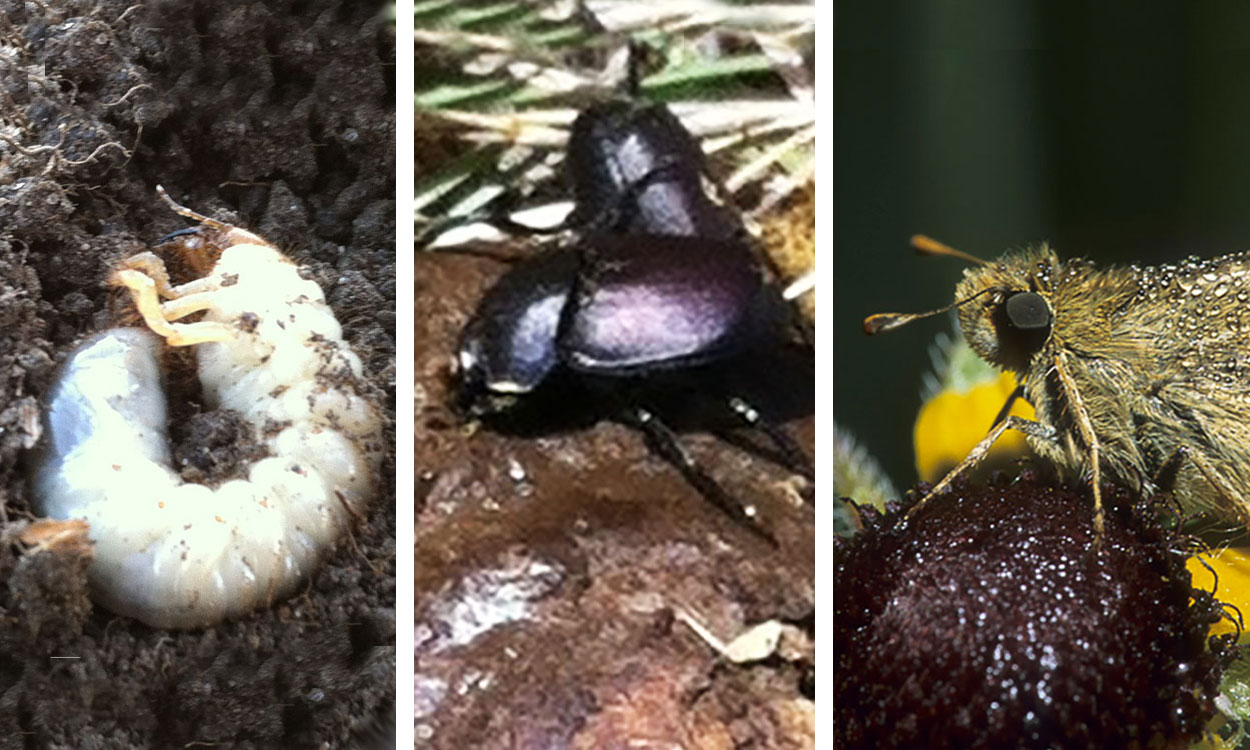
Rangeland Insects Are Critical Indicators of System Health
Insects, in general, may offer more indication of rangeland health than any other type of organism. They serve as key building blocks that other organisms depend on.
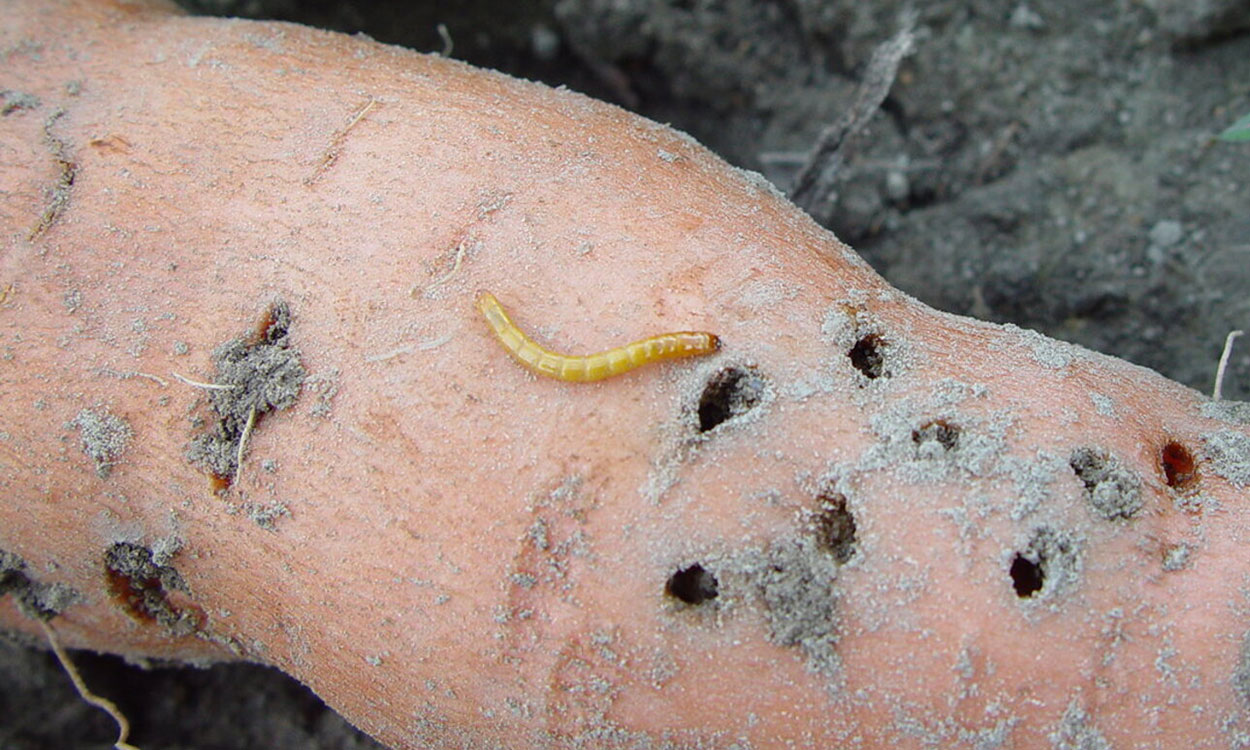
Wireworms in the Garden
With warming soil temperatures, overwintering wireworms have become active throughout South Dakota. Wireworms are soil-dwelling insects that can be pests of germinating seeds, seedlings and root crops.
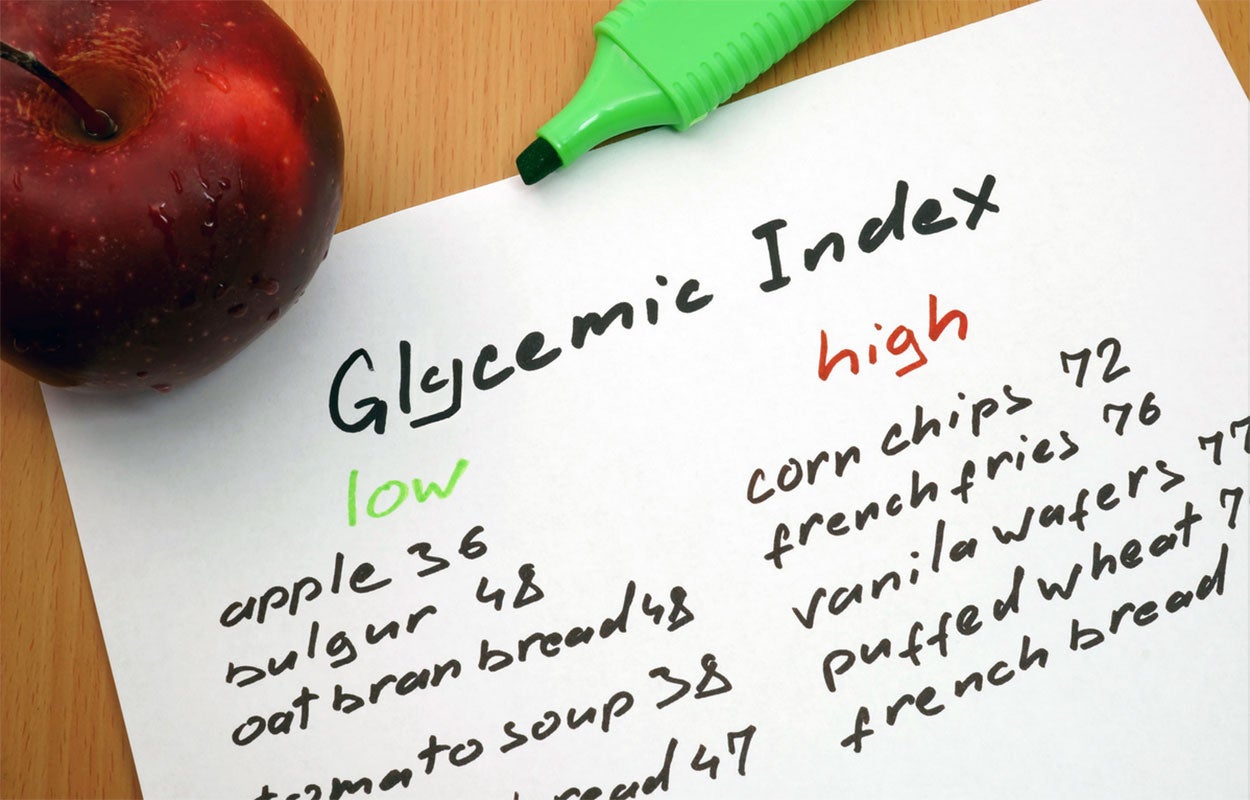
The Connection Between Diet and Acne
Acne vulgaris is one of the top skin conditions in the United States, impacting around 40 to 50 million people. Attention around the connection between diet and acne has been the focus of new research, specifically around high-glycemic diets.
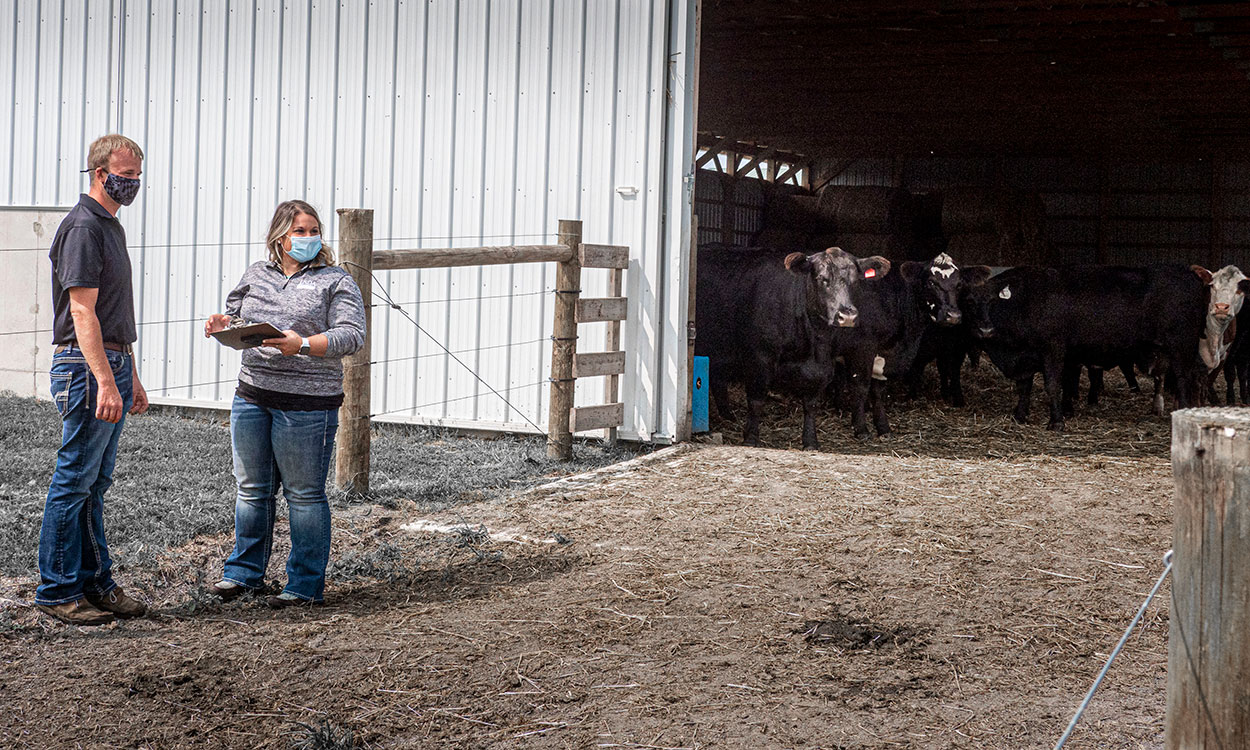
Biosecurity for Beef Cow-Calf Operations: Managing the Entry of New Animals
Infectious disease can impact cow-calf operations in dramatic ways. These steps should be considered the minimum standards for introducing new animals into cow-calf operations to avoid the spread of infectious disease.